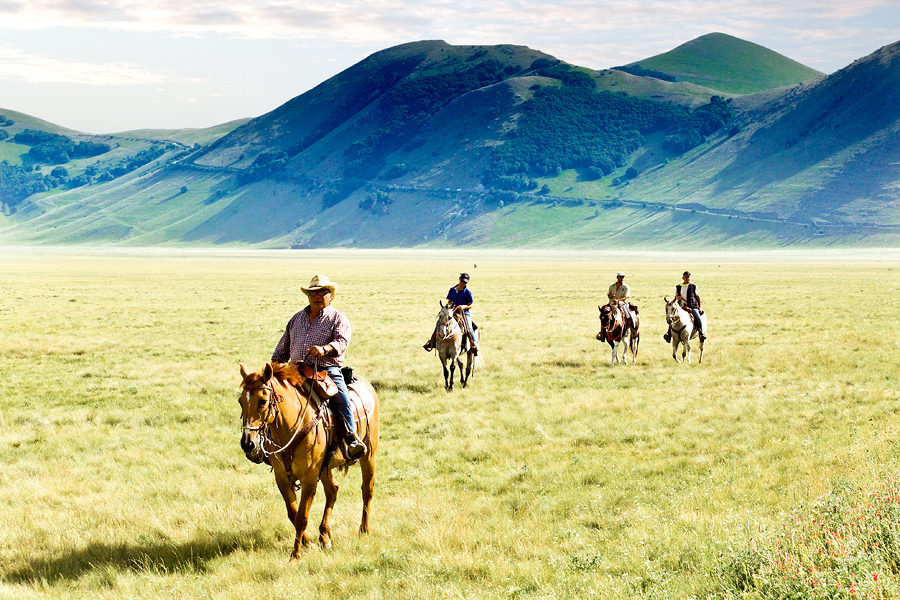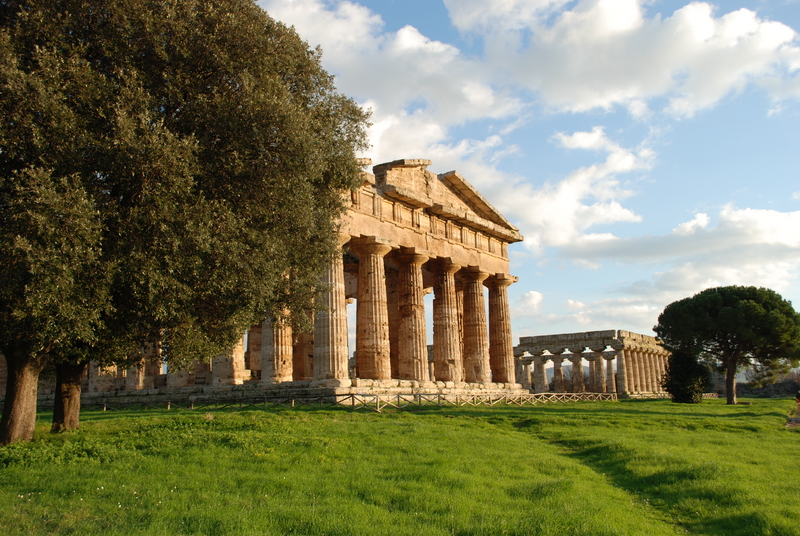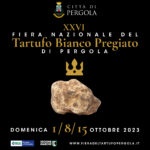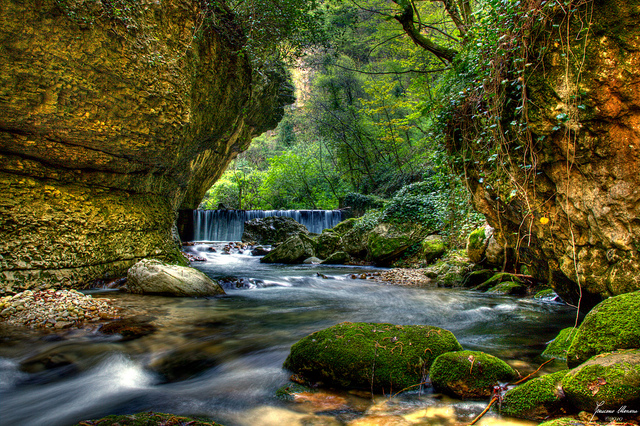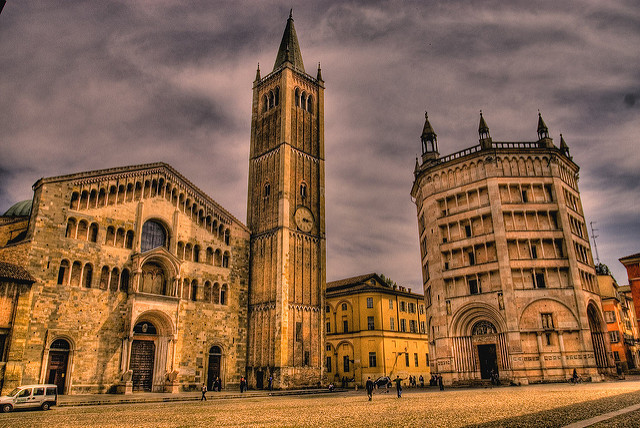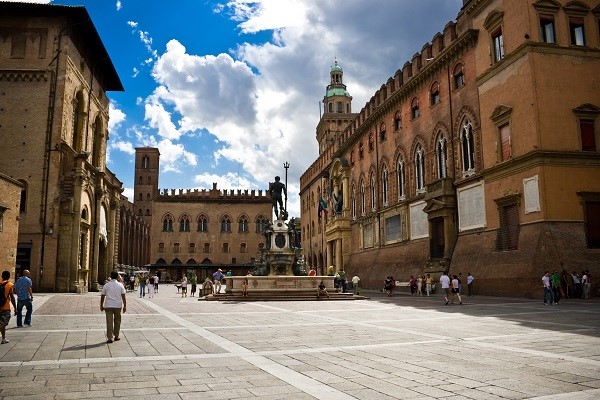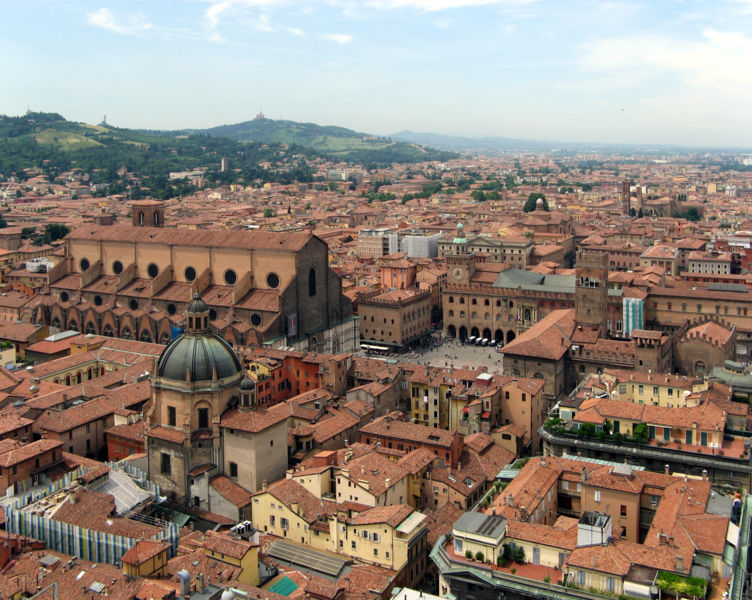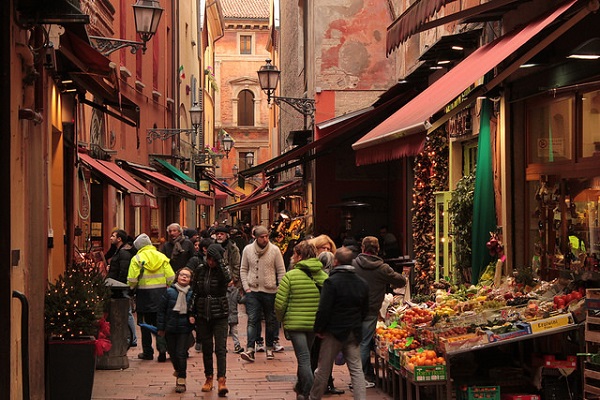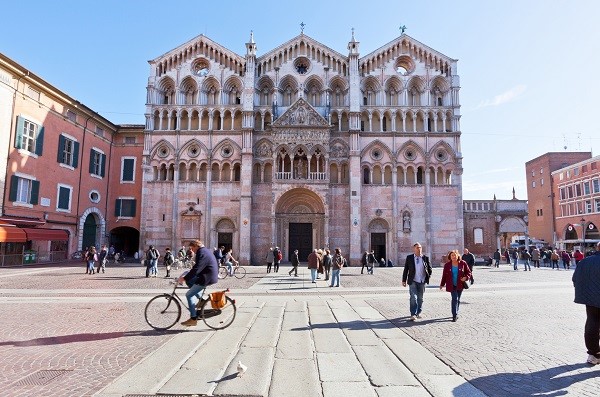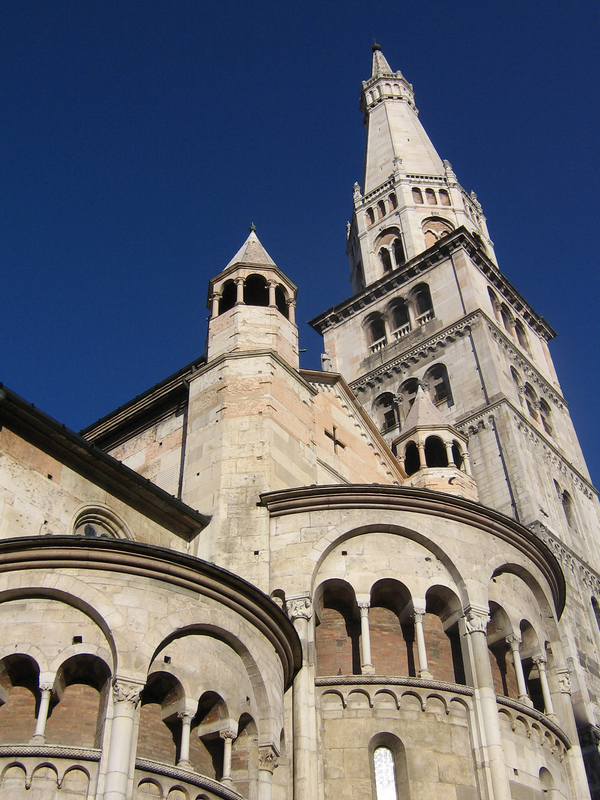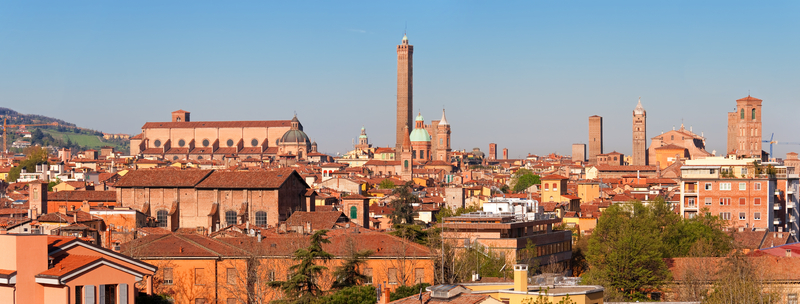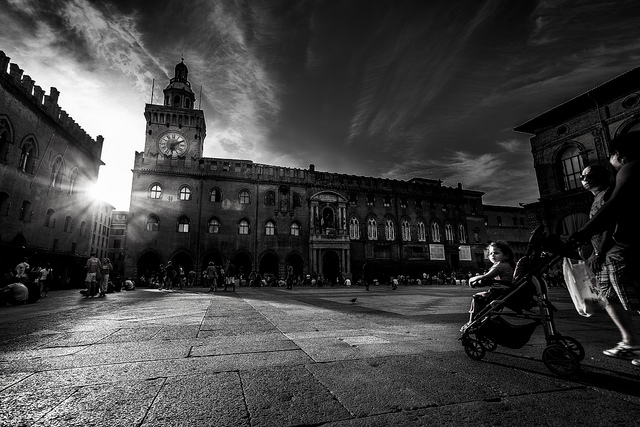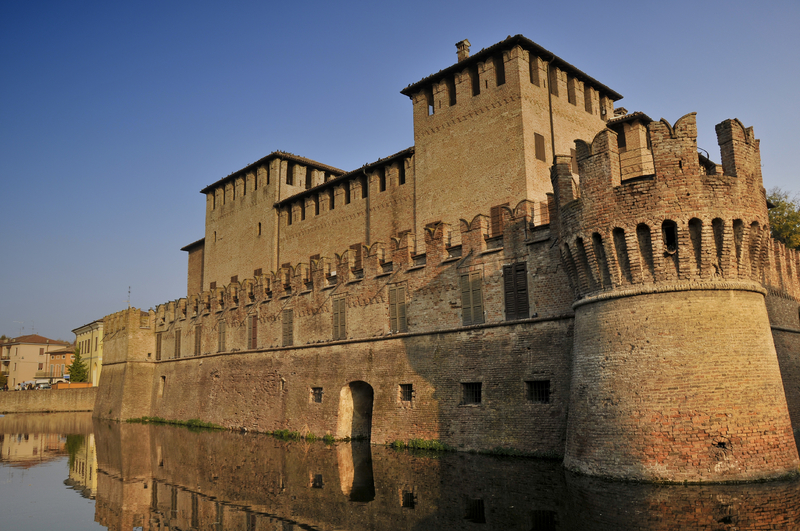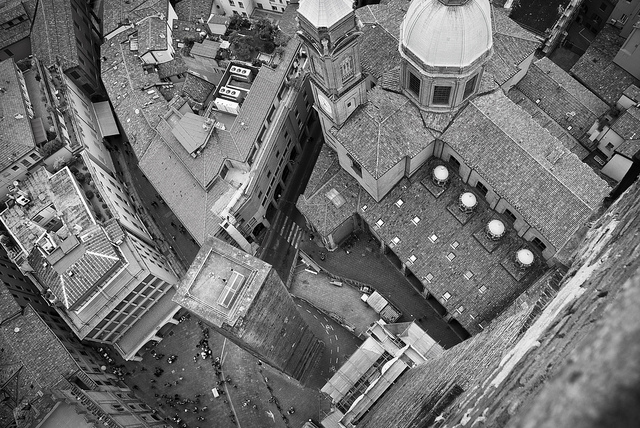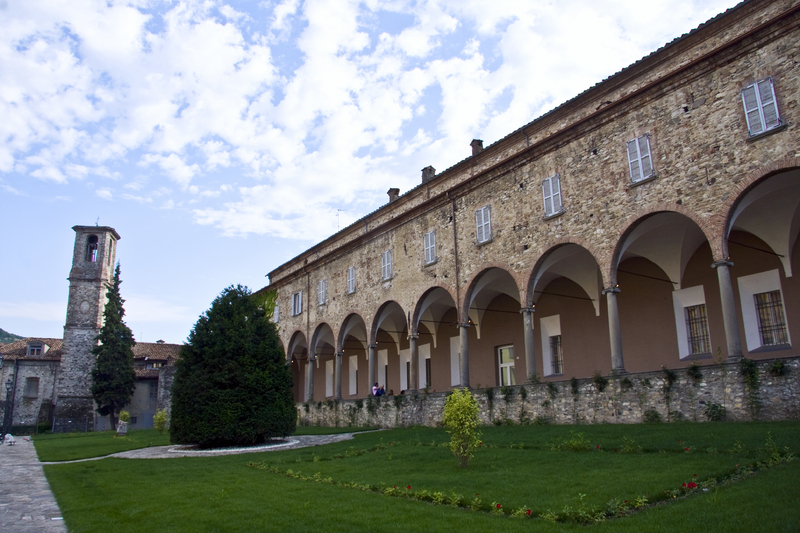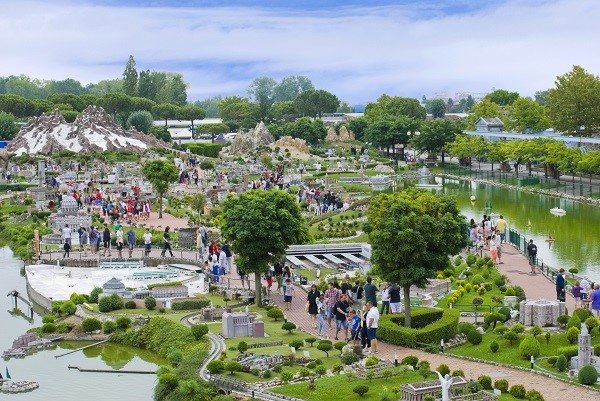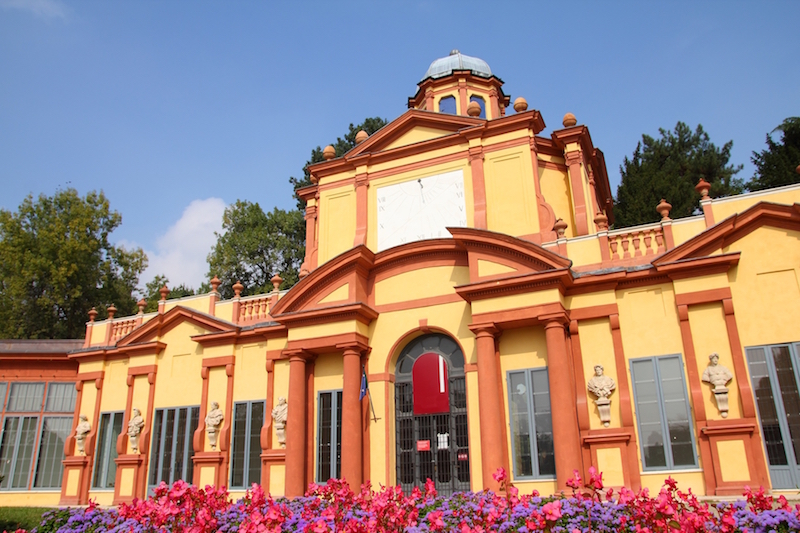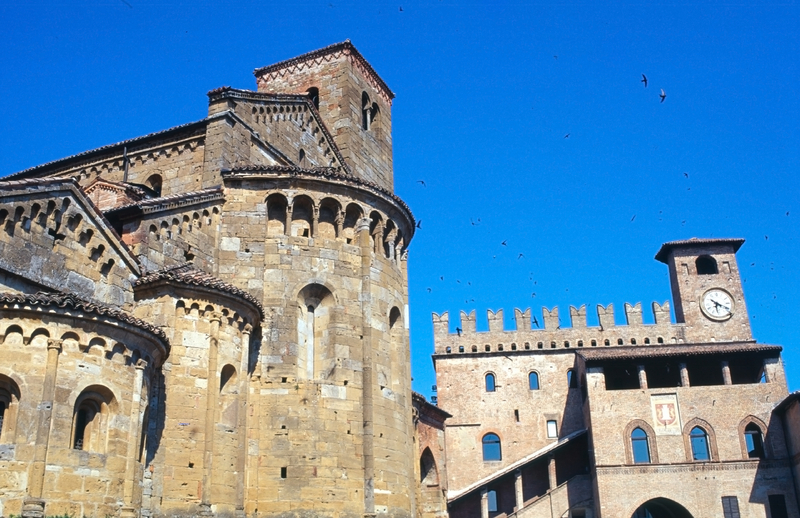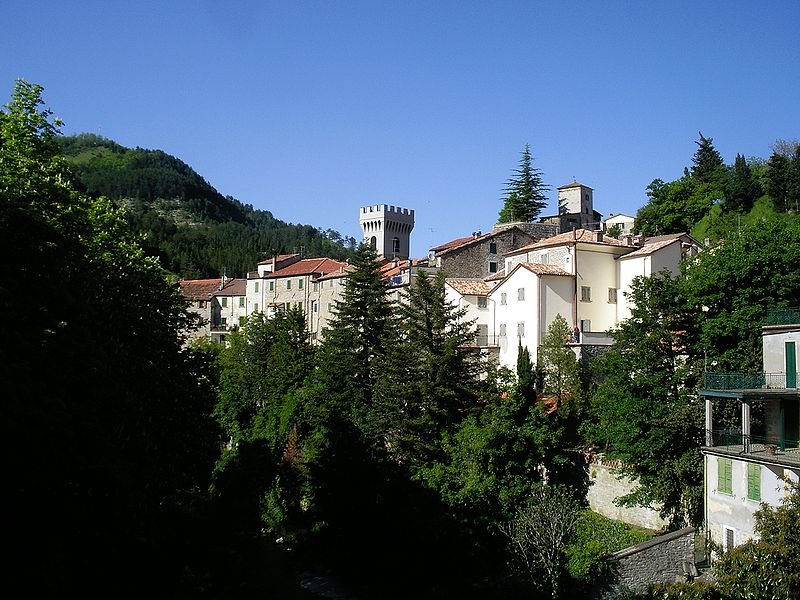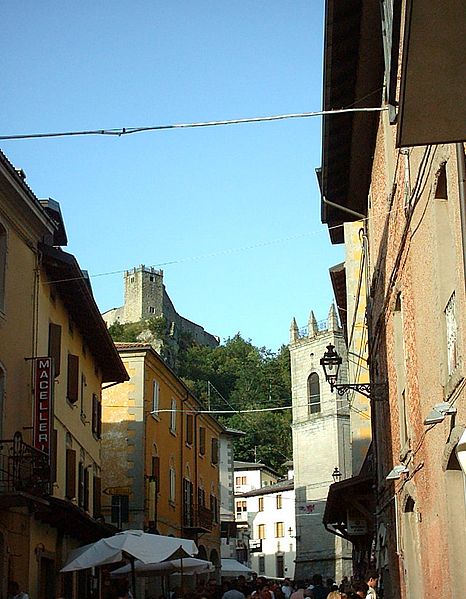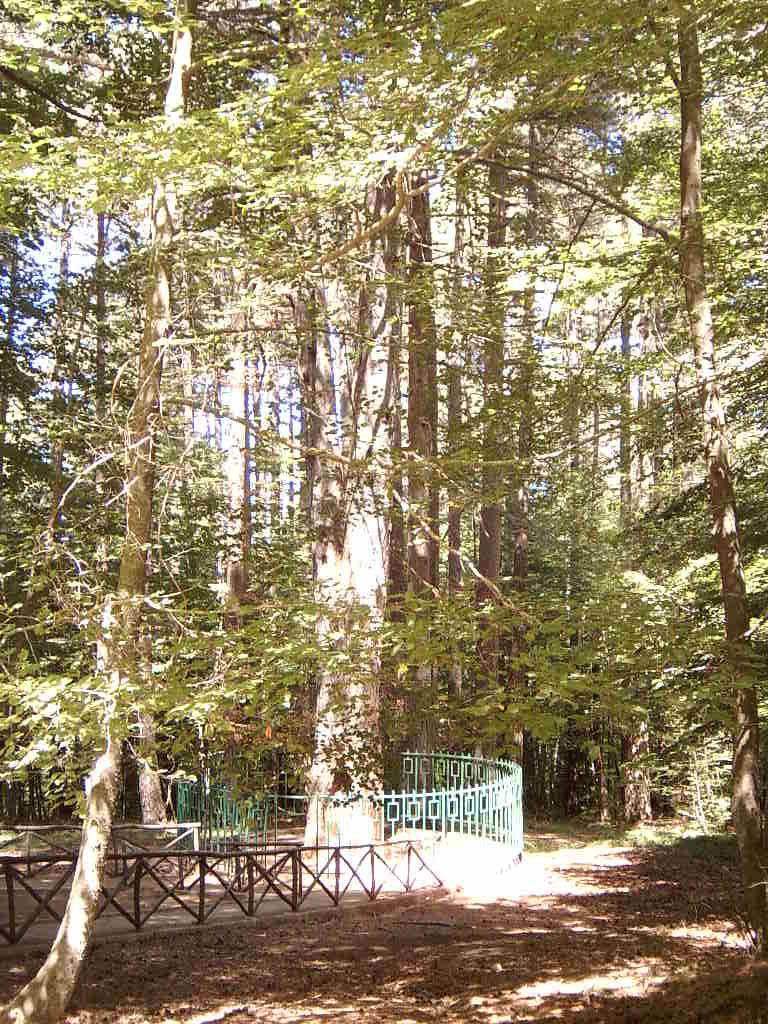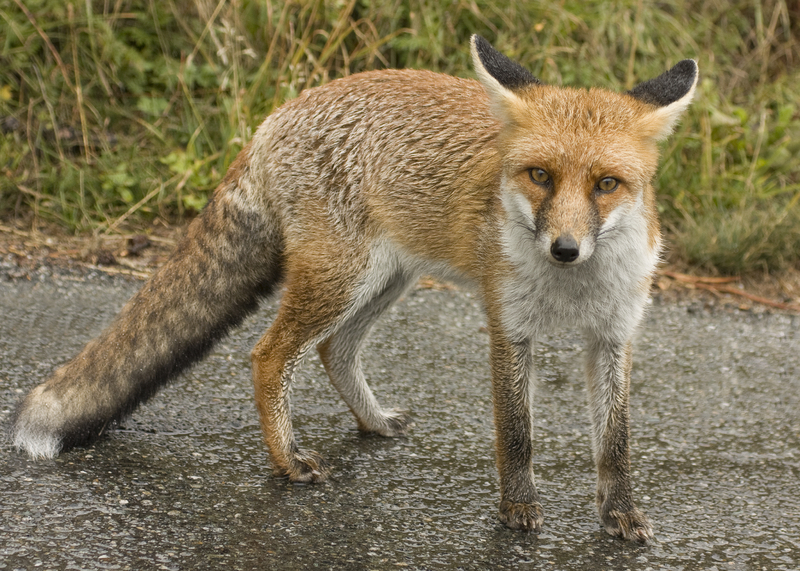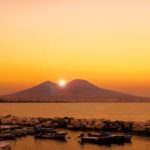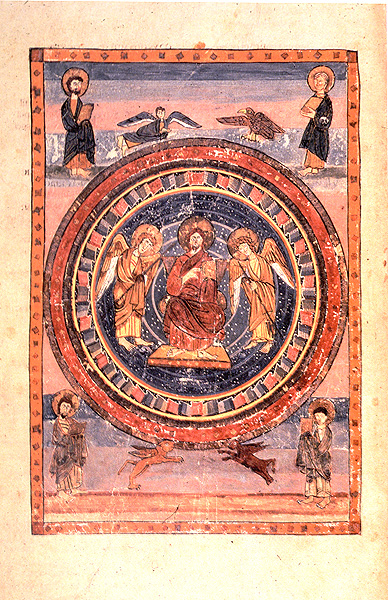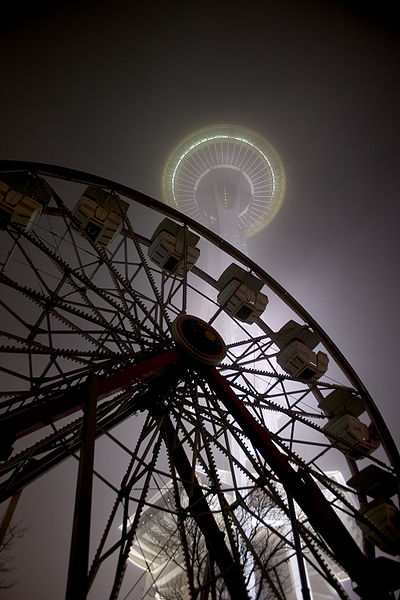Parco Nazionale delle Foreste Casentinesi (Foreste Casentinesi National Park), Monte Falterona and Campigna is a beautiful area in the Apennine region of Tuscany and Romagna. Established in 1993 the park preserves over 365 square kilometers of gorgeous flora and fauna, as well as several animal species, and a great deal of human history. The park is divided between the provinces of Florence, Arezzo, and Forli-Cesena and includes the best-preserved and largest forest and woodland area in all of Italy. There are trails here for the outdoorsman, as well as beautiful sanctuaries and over ten villages–including Bagno di Romagna, Poppi, San Godenzo, and Tredozio–to discover.
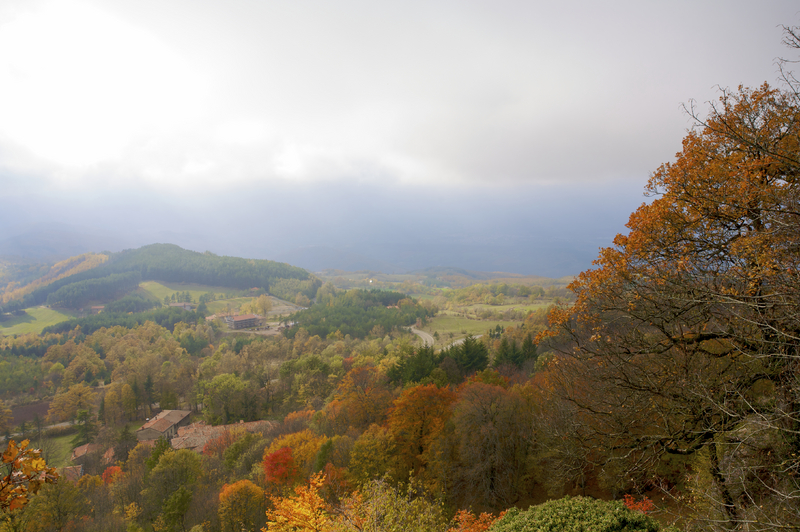
The Location Foreste Casentinesi National Park
In the Romagna area of the park, the mountains of the Ribbi, Bidente, Tramazzo, and Montone valleys are part of the national park. This area of the park is characterized by several narrow valleys set up between the slopes of rocky mountains, which are covered with thick woods. Other than a small part of Mugello, the Casentino in the Upper Arno Valley is also a part of the national park. For those interested, there are also springs located on the slopes of Falterona Mountain.
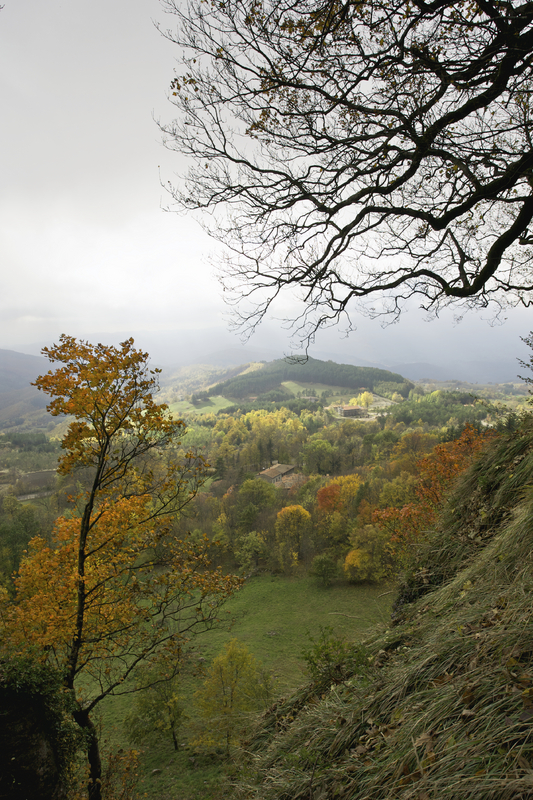
In Tuscany, the mountain slopes are gentler and there are numerous valleys created by the streams of Archiano, Fiumicello, and Staggia, as well as the Arno River, which runs through the main ridge. The famous Franciscan sanctuary of La Verna is situated on the Tuscan side of the national park.
Flora and Fauna
At the heart of the park is the centuries-old forest of Demaniali Casentinesi. The management of the national park has worked hard to protect this forest area due to its natural beauty and diverse flora and fauna. In the center of the Foreste Casentinesi National Park, you will find the Sasso Fratino Nature Reserve. Established in 1959 it was the first of its kind in Italy and is really an enchanting place. It is also special because of its beauty and importance in the study of forest life. In the park, visitors can also visit the Pietra Nature Reserve.
The slopes in Romagna have thousands of acres of pure woods that have remained virtually untouched due to the protection they have received over the last few decades and the efforts of park officials in regards to reforestation. If you are interested in animals the golden eagle and the wolf can be found in the national park along with the fallow deer, roe deer, and several other species.
There is also a very rich vegetal biodiversity in the national park. There are around 1,358 different species of vegetation as well as 1,219 different specimens of herbaceous, which are important because of the typology that they represent. The park’s climate–a mix between Mediterranean and alpine–has a distinct impact on the type and distribution of flora in the area.
For the budding historian, the park also holds much evidence of early civilization in the area. There are abandoned mule tracks, the old houses, and bridges that point to previous settlers who eventually abandoned the area. Most of these ancient houses are built in the typical architecture of this region with the territory in the Tuscan slope influenced by the men who shaped the landscape over the years after taking up either agriculture or cattle-rearing as a livelihood. There are several monasteries, hermitages, and parishes within the national park that are quite interesting to visit. The sanctuary of La Verna and the Camaldoli monastery are the two most important hermitages in the national park.
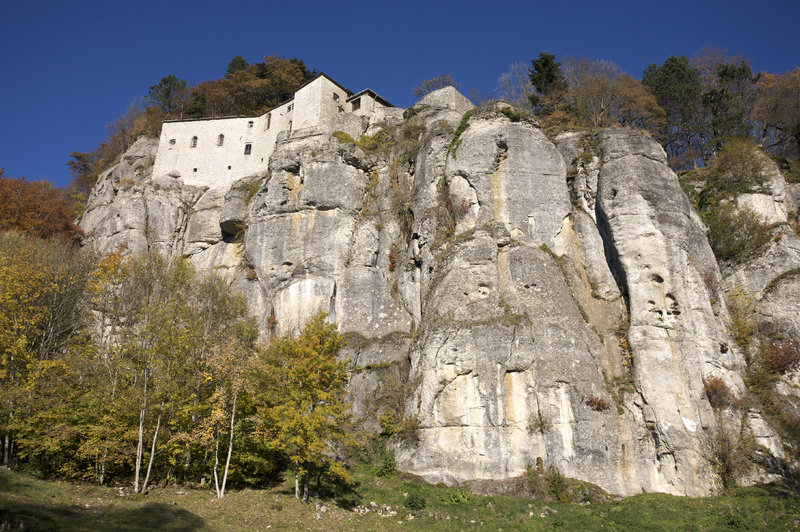
Tourist Points of Interest for Foreste Casentinesi National Park
There are plenty of places within the national park that are of great interest to visitors. The waterfall of Acquacheta hurls down a sheer 70-meter drop and is one of the most visited places in the national park. The water originates from an ancient lake and the village of Romiti is located nearby. There are also the ruins of the old monastery of San Benedetto in the Alps close to this village. When Dante was exiled from Florence he sought refuge in this monastery. You can also walk along the new 4.5km nature trail near the waterfall called “La valle e la cascata di Dante” (“Dante’s Valley and Waterfall”), which takes about 4.5 hours to complete on foot.
The village of Ridracoli has an interesting humpbacked bridge that was once used as a palace and is now a hotel. If you are in the area stop in at the Idro Ecomuseo delle Acque di Ridracoli, a museum that reveals the secrets about the water in the area and its dam. On the summit of one of the area’s hills are the ruins of a medieval castle and after a bit more walking you can reach the dam, which was built in 1982.
Stop in the town of Poppi to see the Palazzo Pubblico and its famous staircase, before heading to the monasteries of Camaldoli and La Vernia. Camaldoli as a hostel before becoming a monastery for the Camaldoli monks. There was once a printing press here, on which the rules of forest management were printed for the first time. You can also visit the Churches of St. Donninio and St. Ilariano, festooned with stunning works by Vasari, and the beautiful cloisters. Near Camaldoli is a nature trail called Alberi e Bosco (1.8 km – 2 hours walking) or “Trees and Forest,” which is best traveled between the months of April and November. On a clear day in Camaldoli, you can catch a glimpse of both the Mediterranean and Adriatic over the tips of the trees.
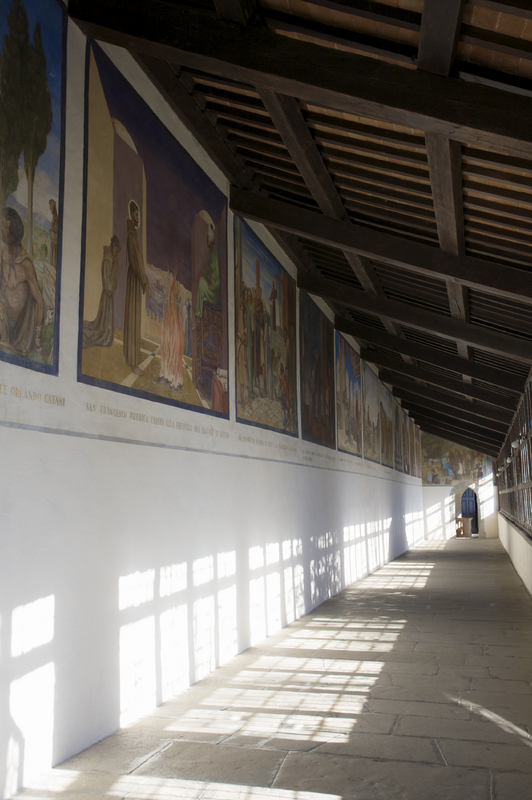
Built by Franciscans, La Verna is mostly the same as it was when St. Francis preached here. Located on the steep Mount Penna this sanctuary has always been an important place for pilgrims and is located in a very calm and peaceful location where the Saint spent many years living the life of a hermit. There are several natural cavities and ravines in this area, which open up to majestic trees like beeches, elms, ashes, and maples. According to the locals the place was chosen by the Saint because of its peaceful nature, making it perfect for prayer and meditation.
The person who gave the mountain to St. Francis, Orlando Cattani, is buried in the Church of Santa Maria degli Angeli. It is said that in September 1224 the miracle of the stigmata took place at La Verna. It is an event that is still honored in the area and which was immortalized by Dante in the Paradiso.
Moving on you can spend the night in the majestic ducal palazzo in Campigna, which was built in the 18th century and has now been converted into a hotel. There is a small museum at the local forest station that can provide more information about the area. You may also want to take the L’Abete Bianco a Le Abetine nature trail in the Valle del Bidente area. The trail is about 3.5 kilometers long and takes about 2.30 hours to walk.
If you want to explore the Apennine ridge, one of the best ways is from the Castagno d’Andrea village. Located on the southern part of Mount Falterona you will find the Capo d’Arno spring, the origin of Tuscany’s main waterway. Father east is the remarkable Etruscan site of Lago degli Idoli, where many archaeological prizes have been found.
Typical Products from the Area
Here are some things you may want to buy or sample when touring the villages within the national park:
- *The Gota – cured meat, best tasted in winter
- *Marrone del Mugello – a brown fruit, available from October 5th on
- *Melata d’Abete
- *Honey
- *Pecorino Toscano Cheese
- *Regina di Londa Peach
- *Raviggiolo Cheese
- *Salsiccia Matta or “Ciravar” – local sausage
- *Tortello Sulla Lastra – a typical “poor” food-specific to this region, available from October to April
- *Romagnola Race
- *Chianina Race
The Foreste Casentinesi National Park offers so much to discover and enjoy. Whether you decide to visit the site of a miraculous Stigmata, tour springs and mountains, hike along well-planned trails, or just revel in the peaceful natural beauty of the area, your trip will not be one you will soon forget.



